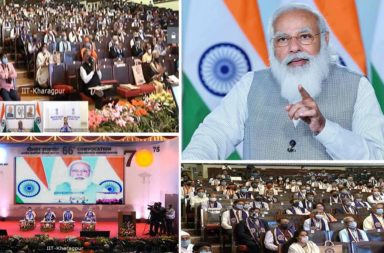India’s Maternal Mortality Ratio had fallen to 113 in 2016-18 from 122 in 2015-17. According to the Sample Registration System’s (SRS) estimate released by the Registrar General of India, it has fallen by 7.4%. It is still almost double the Sustainable Development Goal target set by the World Health Organization (WHO). The WHO has set its sustainable development goal which aims at reducing the global MMR to less than 70 by 2030.
Maternal Mortality Ratio is the number of maternal deaths per 1,00,000 live births. Since it is considered rare, deaths of three years are pooled together to get an estimate. Maternal deaths happen due to severe bleeding or infections following childbirth, according to UNICEF. High blood pressure during pregnancy and unsafe abortions are also possible causes.
Minister of Environment, Forest and Climate Change, Prakash Javedkar appreciated the efforts of the government on Twitter.
Great success of @narendramodi govt. India registers a steep decline in maternal mortality ratio. Deaths drop from 130 to 113 in 2016-18 . @PIB_India @DDNewslive @MoHFW_INDIA https://t.co/RAVmgIL7O9
— Prakash Javadekar (@PrakashJavdekar) July 17, 2020
As per experts, India has already missed the 2017 National Health Policy’s target of reducing the MMR to 100 as the present MMR is at 113. At 215, Assam had the highest MMR in the country, followed by Uttar Pradesh and Madhya Pradesh with MMR of 197 and 173, respectively. Kerala reported the lowest MMR of 43, followed by Maharashtra and Tamil Nadu with MMR of 46 and 60, respectively.
According to the National Family Health Survey, institutional births have doubled in the past decade from 38.7% to 78.9% in 2015-16, signalling a positive change. Public health initiatives under the National Health Mission such as Laqshya, Poshan Abhiyaan and Pradhan Mantri Surakshit Matritva Abhiyan have also contributed towards decline in MMR. UNICEF lists infections following childbirth, complications during delivery and unsafe abortions as causes of high maternal mortality.





